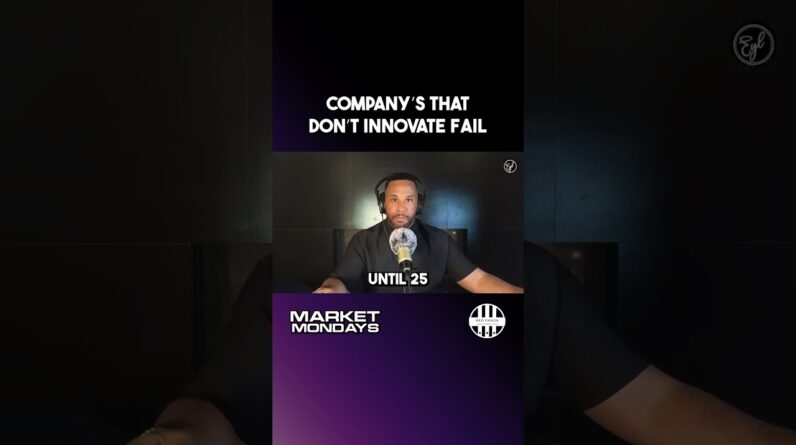As you embark on the journey into the next decade, it’s impossible to overlook the relentless dominance of Microsoft. The tech giant’s influence continues to soar high, shaping the world of technology as we know it. In this blog post, we will explore the unparalleled growth and innovation of Microsoft, and why you, as a reader, should be excited about what lies ahead. So fasten your seatbelts, dear reader, because the next decade is bound to be a thrilling ride with Microsoft leading the way.
Introduction:
In the fast-paced world of technology, Microsoft has emerged as a dominant force over the past decade. With an exceptional track record and a relentless focus on innovation, the company has solidified its position as a leader in the industry. Looking towards the future, Microsoft’s dominance shows no signs of slowing down. In this article, we will explore the factors that have contributed to Microsoft’s continued success and why it is poised to maintain its position of power in the years to come.
Heading: Microsoft’s Impressive Profitability
Subheading: Profit Margin and Return on Assets
Microsoft’s financial performance over the past decade has been nothing short of exceptional. With a profit margin of 34%, the company has consistently outperformed its competitors. This means that for every dollar of revenue, Microsoft retains 34 cents as profit. Such a high profit margin is a testament to the company’s ability to generate revenue while effectively managing costs.
Furthermore, Microsoft’s return on assets stands at an impressive 19%. This indicates the company’s ability to generate profits from the assets it owns. By efficiently utilizing its resources, Microsoft has been able to maximize its returns and strengthen its financial standing.
Heading: Institutional Ownership and Margins
Subheading: Gross Margin and Operating Margin
Institutional ownership of Microsoft stands at a staggering 72%. This signifies the confidence that institutional investors have in the company. With such strong support from major investors, Microsoft has a solid foundation to build upon and continue its upward trajectory.
When it comes to margins, Microsoft shines yet again. The company boasts a gross margin of 68%, which reflects the profitability of its core operations. This means that Microsoft is able to retain a significant portion of its revenue after deducting the cost of goods sold.
In addition, Microsoft’s operating margin is an impressive 43%. This indicates the company’s ability to generate profits from its operating activities. By effectively managing its expenses and optimizing its operations, Microsoft has been able to achieve a substantial operating margin.
Heading: Microsoft’s Focus on Enterprise and Wider Margins
Subheading: A Concern for Apple
One factor that has contributed to Microsoft’s dominance is its focus on enterprise customers. While Apple has primarily targeted consumer markets, Microsoft has strategically positioned itself as a leader in the enterprise space. This has allowed Microsoft to tap into a lucrative market with wider profit margins.
As a result, Microsoft’s focus on enterprise customers has become a growing concern for Apple. With Microsoft’s stronghold in the business world, Apple faces stiff competition when it comes to capturing the enterprise market. This could potentially impact the growth and profitability of Apple in the long run.
Heading: The Importance of Innovation
Subheading: Securing Microsoft’s Lead
Microsoft’s success can be attributed, in large part, to its commitment to innovation. The company has continuously pushed boundaries and embraced emerging technologies. By investing heavily in research and development, Microsoft has been able to create cutting-edge products and services that cater to the evolving needs of its customers.
With a strong focus on artificial intelligence (AI), Microsoft is well-positioned to capitalize on the rapidly growing AI market. This technological prowess, combined with its established presence in the enterprise sector, gives Microsoft a significant advantage over its competitors.
Furthermore, Microsoft’s absence in certain industries could be a strategic move that contributes to its dominance in the future. By being selective about the industries it operates in, Microsoft can channel its resources to areas where it can excel and maintain a competitive advantage.
Conclusion:
As we look ahead to the next decade, Microsoft’s dominance in the technology industry continues to soar. With impressive profit margins, a focus on enterprise customers, and a commitment to innovation, Microsoft is well-equipped to maintain its lead. The company’s interest in AI and strategic approach to industry selection only solidifies its position as a dominant force. As long as Microsoft continues to innovate and adapt to the ever-changing landscape of technology, it has the potential to remain a powerhouse for years to come.
FAQs (Frequently Asked Questions):
- What is Microsoft’s profit margin?
- Microsoft has a profit margin of 34%.
- What is Microsoft’s operating margin?
- Microsoft’s operating margin is an impressive 43%.
- What is Microsoft’s gross margin?
- Microsoft’s gross margin is 68%.
- What is Microsoft’s return on assets?
- Microsoft’s return on assets is 19%.
- What is the institutional ownership of Microsoft?
- Institutional ownership of Microsoft stands at 72%.










